Imagine biting into a juicy, sun-ripened apricot that you’ve grown from a tiny seed. The sweetness, the texture, and the aroma are all the more special because they come from your own garden.
Growing apricots from seed starts with drying the apricot pit. Once dry, carefully crack the pit to extract the seed without damaging it. The seed should then undergo a process called stratification, where it’s wrapped in a moist paper towel and stored in the fridge for up to three months. When roots appear, it’s time for germination. Plant the seed in a pot filled with well-draining soil and keep it moist. Place the pot in a sunny location or under grow lights. As the tree grows, maintain a soil pH of 6-7.5 and provide regular watering, pruning, and fertilization for a healthy apricot tree.
- Why Seed Germination and Soil Matter
- Apricot Seeds vs. Pits: What’s the Difference?
- Do You Need Two Apricot Trees to Get Apricots?
- How to Germinate Apricot Seeds
- Stratification and Its Importance
- How Long Does It Take?
- Ideal Soil pH for Apricots
- Best Climate for Growing Apricots
- Step-by-Step Guide to Planting Apricot Seeds
- Fertilization and Best Fertilizer
- Regular Care Tips
- What is Cross-Pollination?
- Time to Bear Fruit
- Pests and Diseases
- Why Do Apricots Split on the Tree?
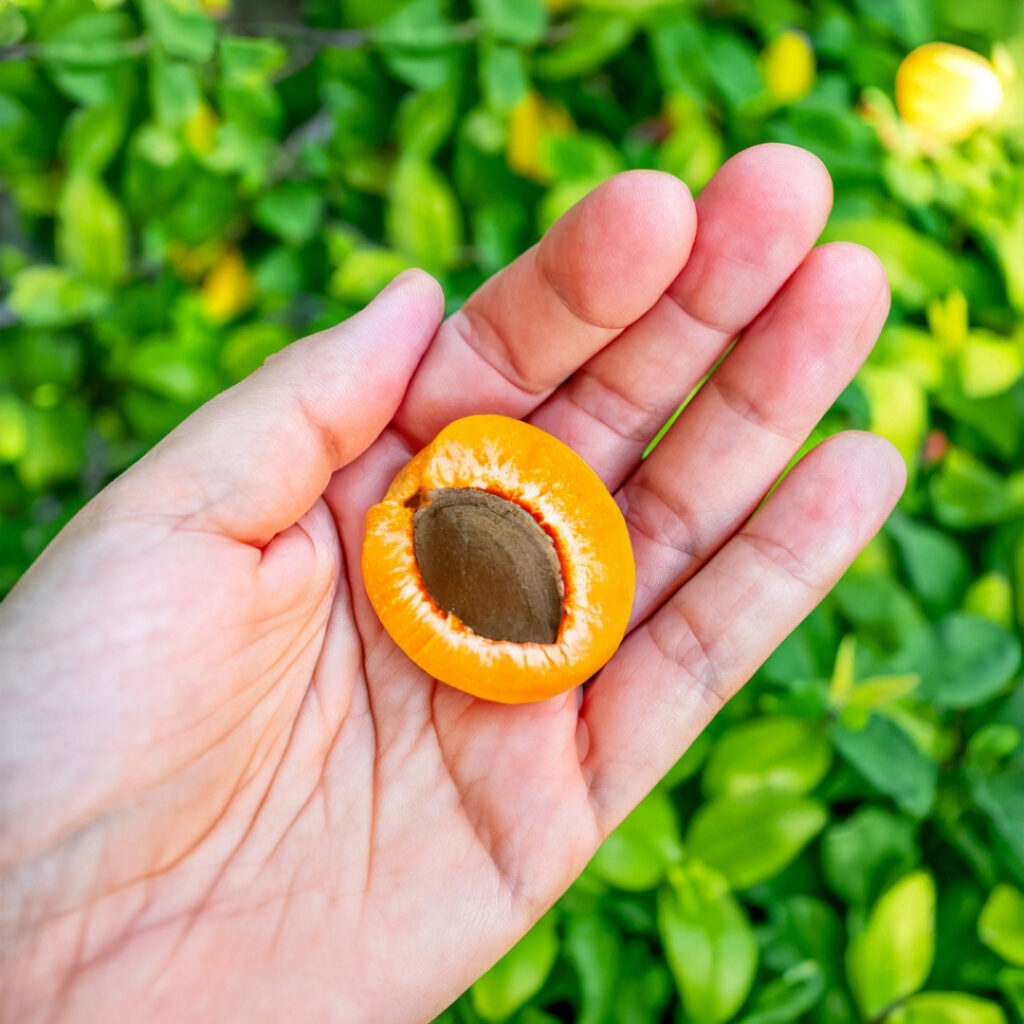
Why Seed Germination and Soil Matter
Before you start planting, it’s important to understand the two pillars of successful apricot growing: seed germination and soil conditions. Seed germination is the magical process that transforms a dormant seed into a sprouting plant. And the soil? Well, think of it as the cradle that nurtures this new life. Getting these two aspects right is your ticket to a fruitful apricot tree.
🍑 Apricot Advice: Always test your soil’s pH levels before planting. Apricots thrive in slightly acidic to neutral soil (pH 6-7.5). 🍑
The Basics of Apricot Trees
Apricot Seeds vs. Pits: What’s the Difference?
When it comes to apricots, the terms ‘seed’ and ‘pit’ are often used interchangeably, but they are not the same thing. The pit is the hard shell that you find when you cut an apricot in half. Inside this pit lies the actual seed, which is the part you’ll need for planting. To get to the seed, you’ll have to carefully crack open the pit without damaging the seed inside.
🍑 Apricot Advice: Use a nutcracker to gently crack open the pit and extract the seed. Patience is key! 🍑
Do You Need Two Apricot Trees to Get Apricots?
Not generally. Most apricot varieties are self-pollinating, meaning a single tree is usually sufficient to produce fruit. However, having a second tree can increase your yield and ensure a more consistent harvest.
🍑 Apricot Advice: If space is a constraint, consider dwarf apricot varieties that are perfect for smaller gardens and even pots. 🍑
Understanding Seed Germination
In simple terms, seed germination is the phase when a seed absorbs water and sprouts into a young plant. This is the first step in your journey of growing apricots from seed, and understanding it can significantly improve your success rate.
How to Germinate Apricot Seeds
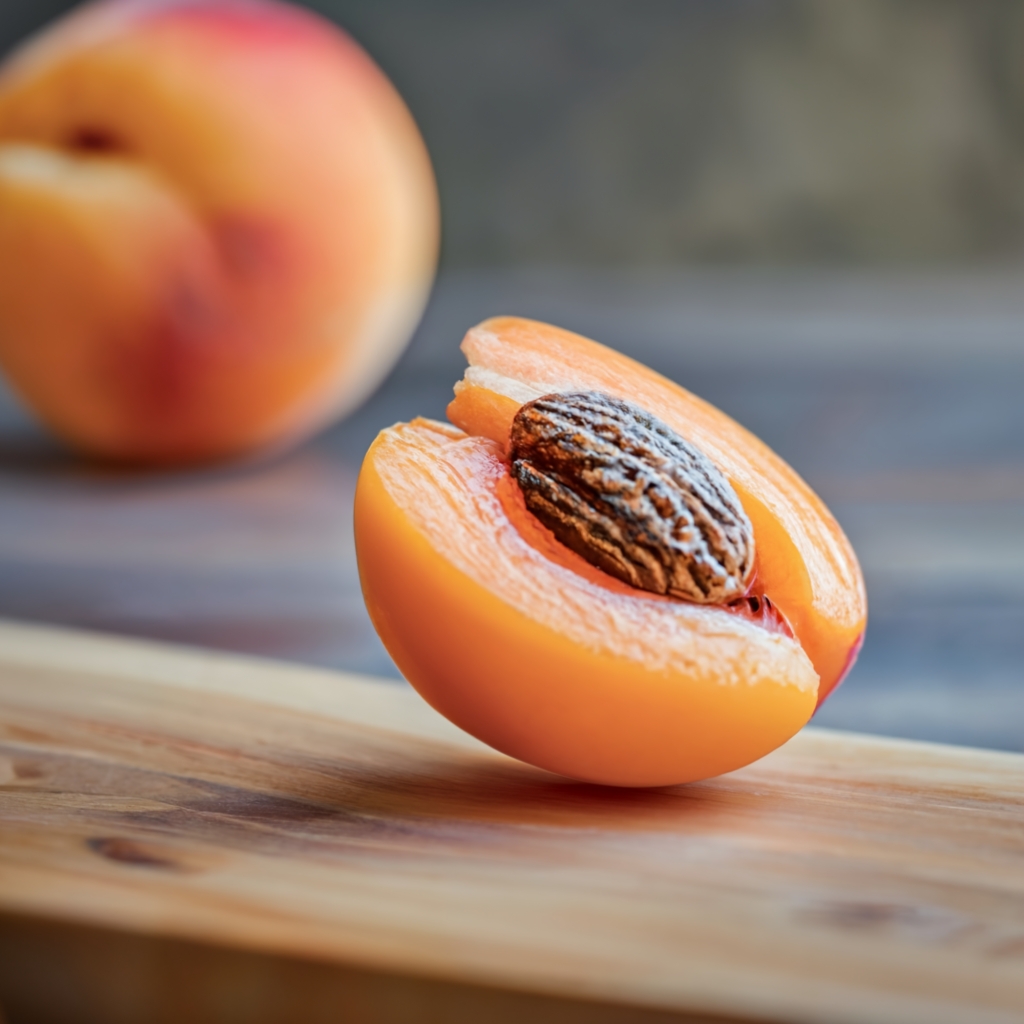
Germinating apricot seeds is fairly straightforward but can require some patience. First, you’ll need to extract the seed from the apricot pit, as discussed in the previous section. Once you have the seed, wrap it in a wet paper towel and place it inside a plastic bag. Store this setup in your fridge for up to three months to stratify the seed.
🍑 Apricot Advice: Keep an eye on the seed during stratification. Once you see tiny roots emerging, it’s time to plant! 🍑
Stratification and Its Importance
Stratification is the process of simulating winter conditions to break the seed’s dormancy. Apricot seeds require a cold period to kickstart the germination process. By wrapping the seed in a wet paper towel and storing it in the fridge, you’re mimicking these natural conditions, making it easier for the seed to germinate.
🍑 Apricot Advice: The ideal temperature for stratification is between 32°F (0°C) and 45°F (7°C). 🍑
How Long Does It Take?
Patience is key when it comes to apricot seed germination. Generally, it can take up to three months for the seed to sprout roots during stratification. Once you plant it in soil, you’ll see a young apricot tree emerge in a few weeks.
Soil and Climate Conditions
When it comes to growing apricots from seed, the soil and climate you provide can make or break your gardening success.
Ideal Soil pH for Apricots
The ideal soil pH for apricot trees ranges between 6 and 7.5. This slightly acidic to neutral range ensures that your apricot tree can absorb all the essential nutrients it needs for healthy growth.
🍑 Apricot Advice: Use a soil test kit to check your soil’s pH level. If it’s too acidic or alkaline, you can adjust it using lime or sulfur. 🍑
Best Climate for Growing Apricots
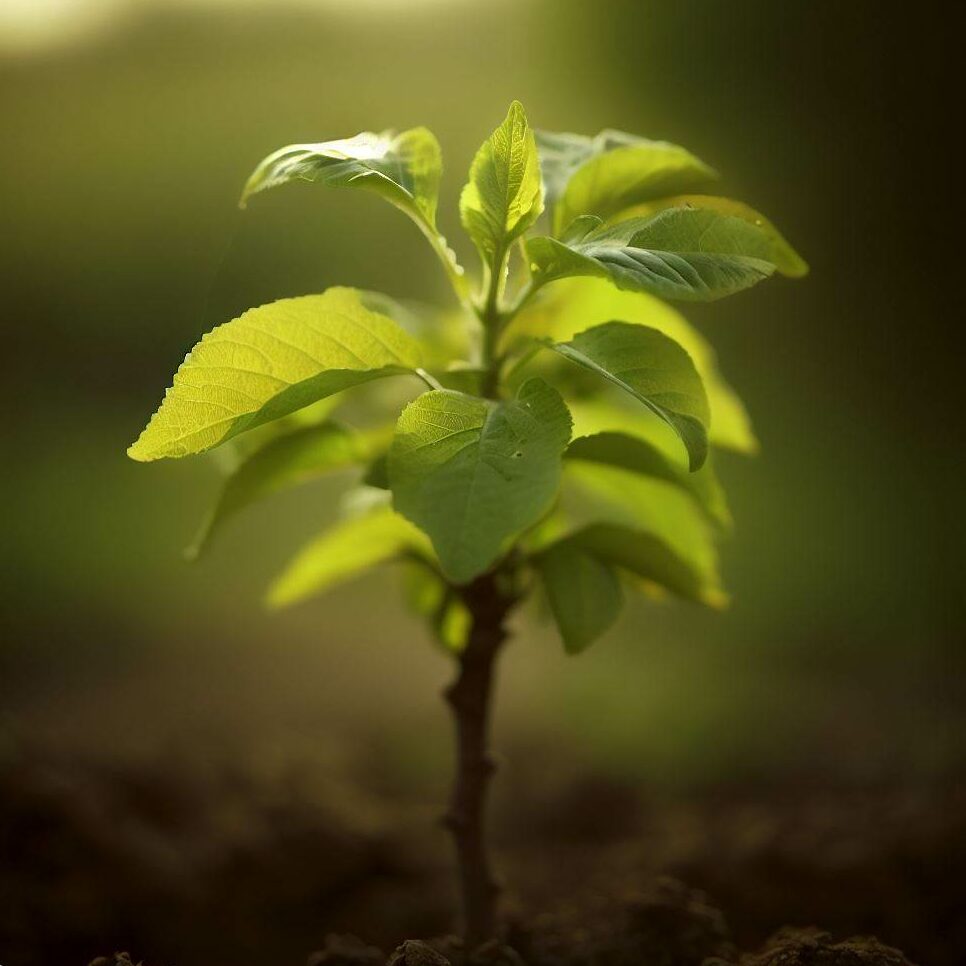
The best climate for growing apricots is one with cold winters and warm, dry summers. Apricots need a period of winter chill to produce fruit, but they also require plenty of sunshine during the growing season.
🍑 Apricot Advice: Ideal temperatures range from high 65°F (18°C) to low 45°F (7°C). Make sure your location can provide these conditions for the best results. 🍑
Understanding the soil and climate conditions can significantly improve your chances of growing a fruitful apricot tree. So, before you plant that seed, make sure you’ve got these basics covered.
Planting and Care
Once you’ve got your soil and climate conditions sorted, it’s time to get your hands dirty—literally. Planting apricot seeds and caring for the tree requires a bit of know-how, but don’t worry; we’ve got you covered.
Step-by-Step Guide to Planting Apricot Seeds
- Soak the apricot seeds in water for 24 hours.
- Wrap the seeds in a wet paper towel and place them in a plastic bag.
- Store the bag in the refrigerator for up to 3 months to stratify the seeds.
- Once roots appear, plant the seeds in well-draining soil, about 2-3 inches (5-7.6 cm) deep.
🍑 Apricot Advice: Use gloves when handling seeds to prevent any contamination. 🍑
Fertilization and Best Fertilizer
The best fertilizer for apricots is one that is rich in phosphorus and potassium. Aged chicken manure and worm castings are great. Apply fertilizer in early spring to give your tree the nutrients it needs for the growing season.
Regular Care Tips
- Watering: Keep the soil consistently moist, especially during dry spells.
- Pruning: Trim back dead or diseased branches to encourage new growth.
- Pest Control: Keep an eye out for aphids and scale. Use insecticidal soap as a safe treatment.
🍑 Apricot Advice: Always water early in the morning or late in the afternoon to minimize water loss due to evaporation. 🍑
With these tips in hand, you’re well on your way to growing a thriving apricot tree from seed.
Cross-Pollination and Fruit Bearing
So you’ve planted your apricot seed, and you’re eagerly waiting for it to bear fruit. But did you know that the journey from seed to succulent apricot involves a fascinating process called cross-pollination?
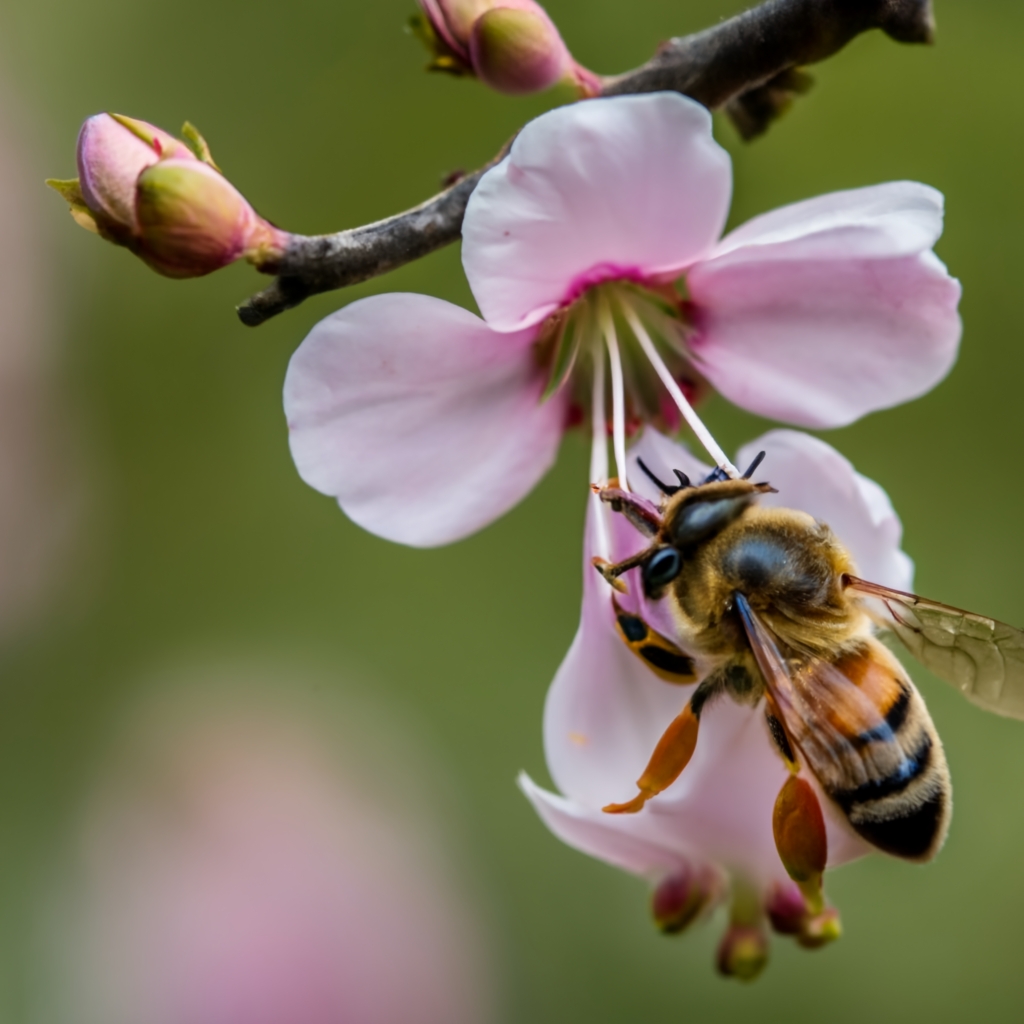
What is Cross-Pollination?
Cross-pollination is the transfer of pollen from one flower to the stigma of another, often facilitated by wind, insects, or birds. For apricots, this process is crucial for fruit production. While some apricot varieties are self-pollinating, many require pollen from another tree to produce fruit.
🍑 Apricot Advice: If you’re planting multiple apricot trees, make sure they are within 50 feet (15.24 meters) of each other for effective cross-pollination. 🍑
Time to Bear Fruit
Now, the million-dollar question: How long does it take for an apricot tree to bear fruit? Generally, apricot trees take between 3 to 5 years to start producing fruit after planting from seed.
🍑 Apricot Advice: Patience is key! While waiting for your tree to bear fruit, focus on proper care like regular watering and fertilization. 🍑
Understanding cross-pollination and having a bit of patience can go a long way in ensuring you get to enjoy delicious, home-grown apricots. So keep an eye on your blossoming tree and look forward to the fruity rewards!
Common Challenges and Solutions
While growing apricots can be a rewarding experience, it’s not without its challenges. From pesky pests to mysterious diseases, let’s tackle some common issues and their solutions.
Pests and Diseases
Common pests like aphids and scale can wreak havoc on your apricot tree. The good news? They can be managed with organic insecticides or natural predators like ladybugs.
🍑 Apricot Advice: Always read the label on any insecticide to ensure it’s safe for fruit trees. 🍑
Why Do Apricots Split on the Tree?
Ever noticed your apricots splitting before they’re even ripe? This usually happens due to inconsistent watering, causing the fruit to expand and contract rapidly.
🍑 Apricot Advice: Maintain a consistent watering schedule, especially during the fruiting stage, to prevent splitting. 🍑
By being proactive and informed, you can tackle these challenges head-on and enjoy a bountiful harvest. After all, a little challenge makes the reward even sweeter, doesn’t it?
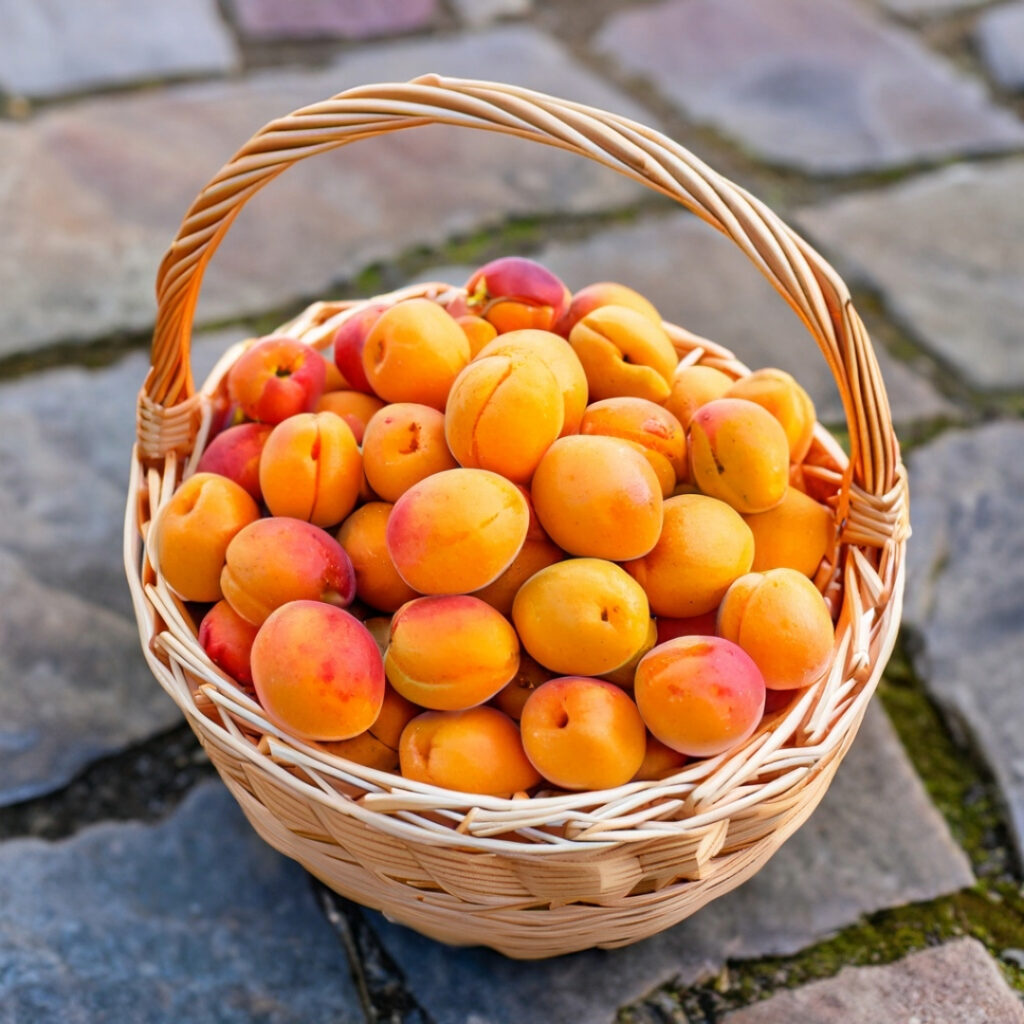
Conclusion
So there you have it, the A to Z of growing apricots from seed. From understanding the basics of apricot trees and seed germination to mastering the ideal soil and climate conditions, you’re now equipped with the knowledge you need to embark on this fruitful journey.
🍑 Apricot Advice: Remember, patience is key. It might take a few years to see fruit, but the wait is worth it! 🍑
Why wait? Grab some apricot seeds and let’s get planting. Whether you’re a seasoned gardener or a complete newbie, the process is not only educational but also incredibly rewarding.
So go ahead, take that first step and soon enough, you’ll be enjoying your very own homegrown apricots.

Hi, does storing the untouched fruit in the refrigerator count towards the cold stratification, or does the seed need to be out for the entire 2-3 months? In case there’s something in the fruit that deters sprouting (though I’d think that the species would “want” to propagate itself).
Thanks,
Rebecca
Hi Rebecca
It’s generally recommended to remove the seed from the apricot. The flesh of the fruit can insulate the seed, preventing it from receiving the cold needed for the stratification process. Also, as the flesh decomposes, bacteria can be introduced which may affect the viability of the seed. In it’s natural environment, the fruit would fall from the tree in later summer/early autumn, giving the flesh time to decompose prior to the cold (or it would be eaten by an animal, thus removing the flesh).